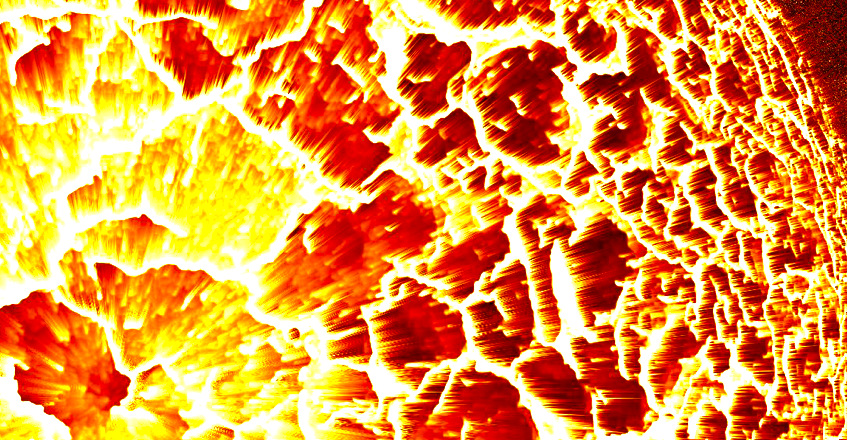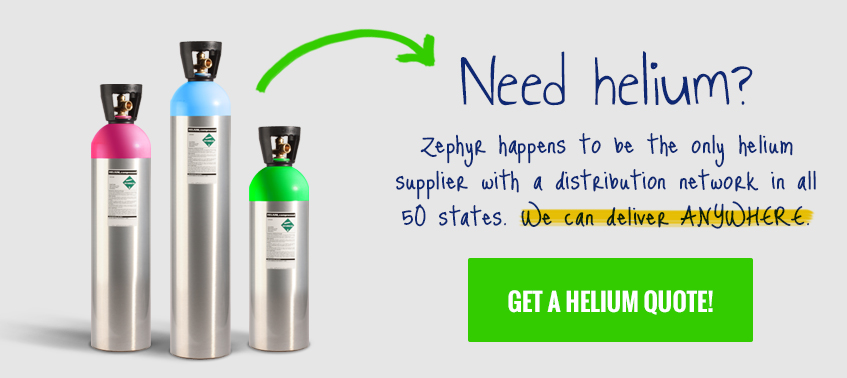There might be one way to try to find out if North Korea really detonated a hydrogen bomb: Test for helium present in the skies.
Hydrogen bomb claim
When North Korea released a statement announcing the detonation of a hydrogen bomb, the world immediately rallied to investigate the claim.
They’ve detonated three atom bombs over the last decade, but many doubted the country’s abilities to develop the much more sophisticated—and much more devastating—hydrogen bomb.
According to The Diplomat, scientists confirmed a surface seismic event of 5.1 on January 6 at exactly 10 am, at the area in which North Korea claimed they had dropped a hydrogen bomb. Experts agree that the blast was indeed nuclear in nature and not caused by a natural earthquake.
However, the size of the tremors were equal to the three previous detonations at the same location, suggesting the country tested another atom bomb, not a hydrogen bomb. (Still scary.)
Fission and fusion
An atom bomb derives its energy from nuclear fission, which is the splitting of unstable radioactive atoms. This sets off a chain reaction that releases a massive amount of energy.
Hydrogen bombs also use nuclear fission, but only as a trigger to set off a nuclear fusion reaction to produce a far more powerful explosion.
Inside the h-bomb, a core of hydrogen atoms fuse into helium, releasing an unimaginable amount of heat, light, and radioactivity. This fusion process is actually the exact same thing that happens inside of our sun.
Which bomb was it? Test for helium
One other difference between the atom bomb and the hydrogen bomb is the byproduct. Unlike the atom bomb, the h-bomb, because it uses nuclear fusion of hydrogen, expels large amounts of helium.
So it seems clear: To determine which kind of bomb was dropped, quickly get into the skies and test for helium before it escapes into the atmosphere.
OK, easier said than done in enemy air space, but maybe if you play the winds…
South Korea test for helium
KBS World Radio reported Friday that the United States flew a reconnaissance plane over South Korea airspace to take air samples to test for helium.
While the United States did not confirm any test for helium, they did confirm a fly over in unison with South Korea as a “demonstration” to North Korea.
Sources: The Diplomat, Forbes, KBS World Radio, NBC News


